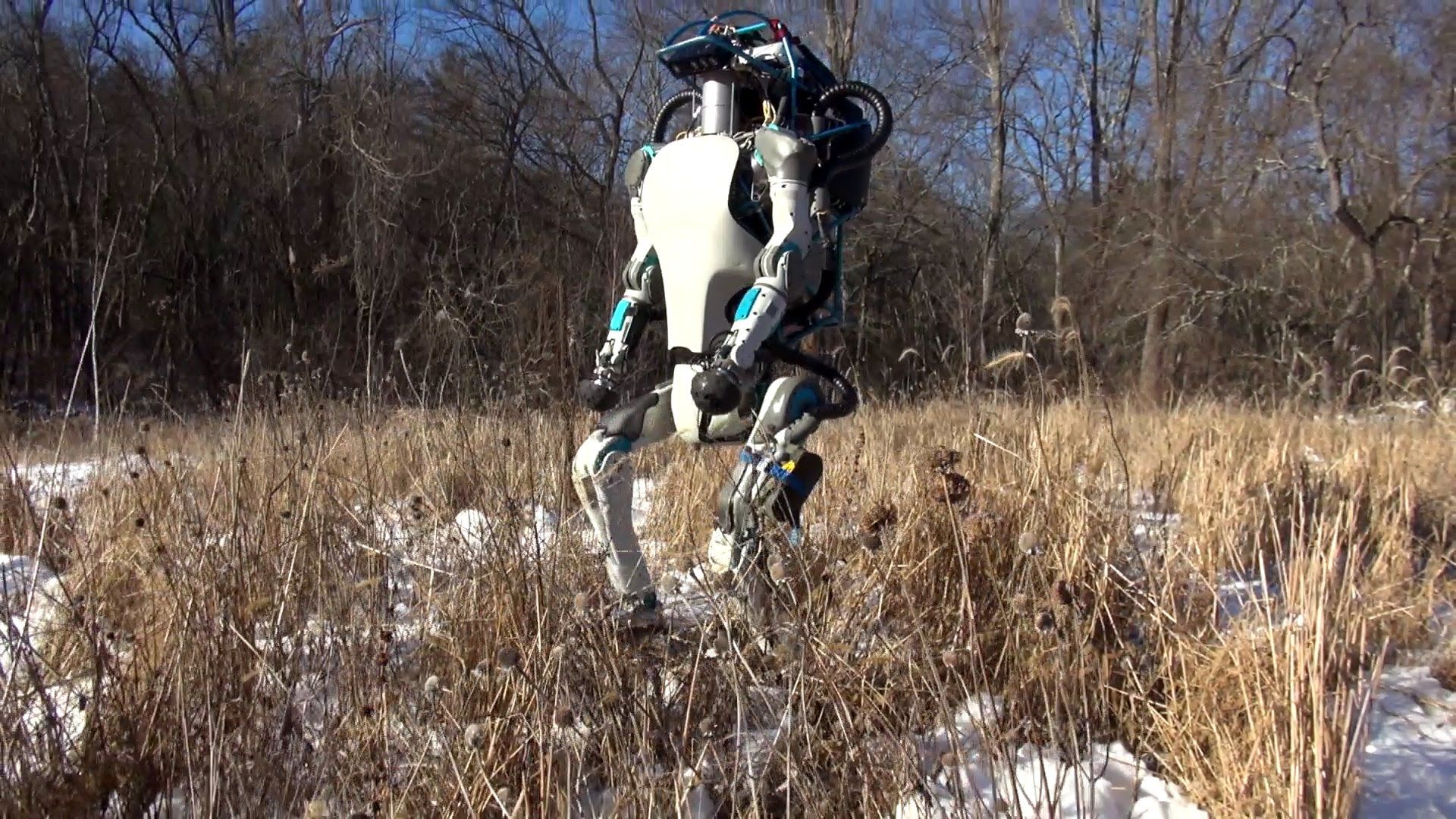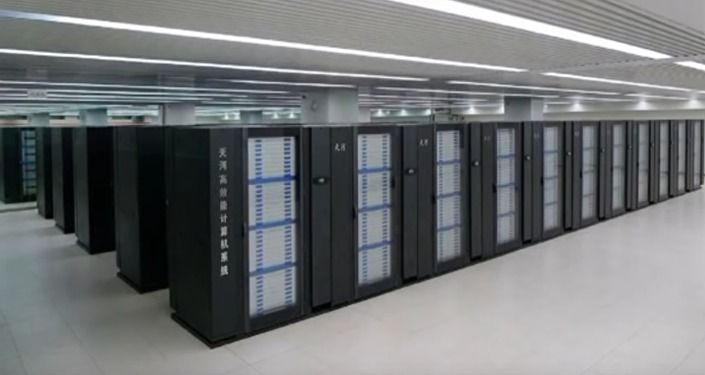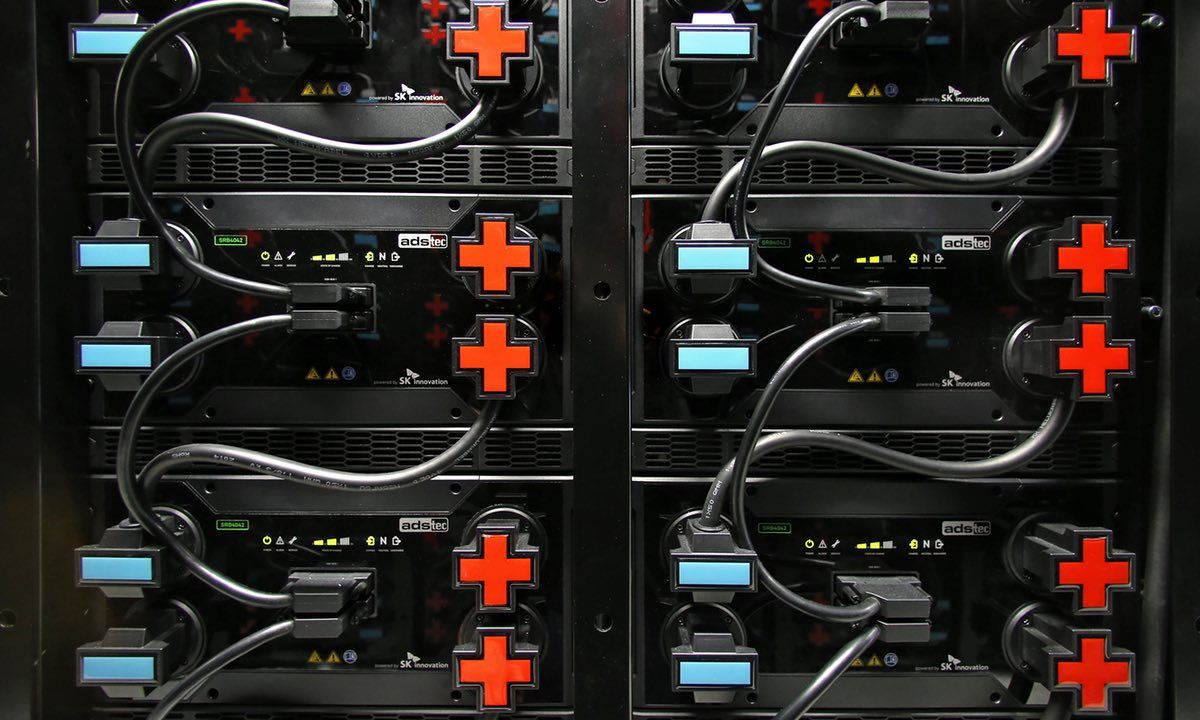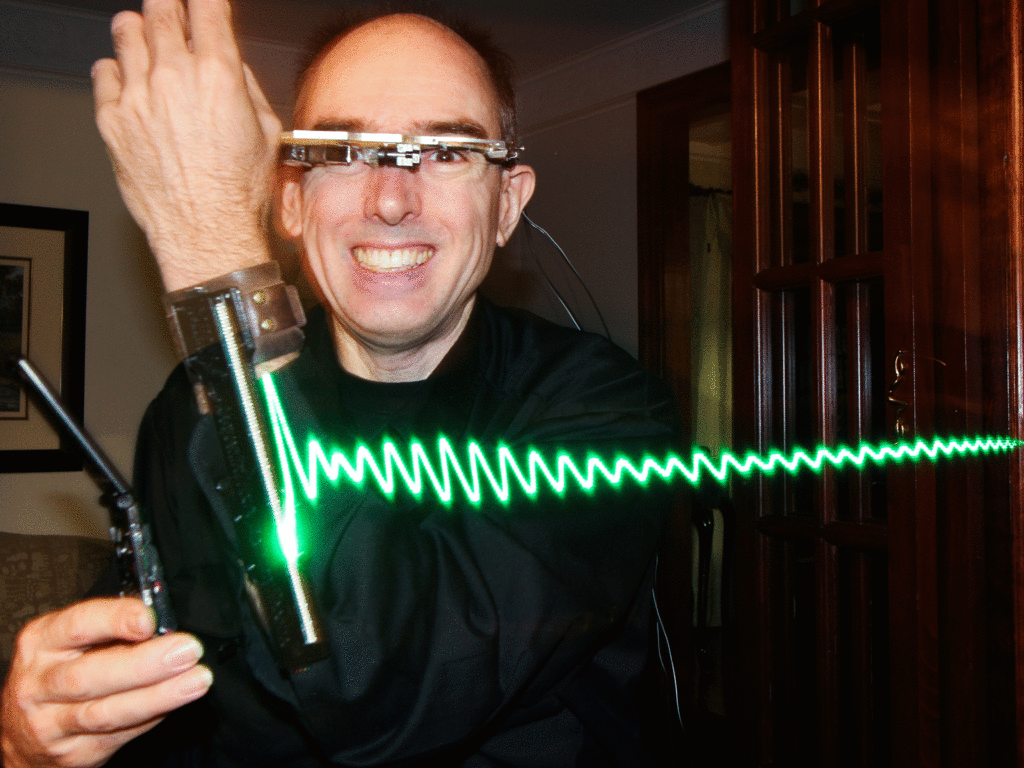Page 10835
Mar 3, 2016
Zoom to Mars in 6 weeks with new Russian nuclear-fission engine
Posted by Andreas Matt in categories: nuclear energy, space travel
A nuclear power propulsion system could propel a spacecraft to Mars in just over a month, a huge step forward from the current 18 months required. Russia might test a nuclear engine as early as 2018, the head of the Rosatom nuclear corporation revealed.
Another advantage of a nuclear engine is that it enables a spacecraft to maneuver throughout the flight, whereas existing technology only makes a defined trajectory flight possible.
Mar 3, 2016
First ‘natural machine’ augmented reality product Meta 2 launches to developers
Posted by Sean Brazell in category: augmented reality

Last month, Meta CEO Meron Gribetz wowed TED with a sneak peak at the company’s new Meta 2 augmented-reality product. Today, Meta announced that the Meta 2 Development Kit is now available for pre-orders.
Meta 2′s Iron-Man-like immersive functionality appears similar to Hololens and Magic Leap, but with a wider 90-degree field of view, 2560 × 1440 high-DPI display, and natural hand-controlled operation.
Meta | Meta 2 Development Kit — Launch Video
Continue reading “First ‘natural machine’ augmented reality product Meta 2 launches to developers” »
Mar 3, 2016
Ask Ray | Ethan Kurzweil debates the role of tech firms in personal privacy
Posted by Sean Brazell in categories: business, energy, government, law enforcement, mobile phones, Ray Kurzweil

https://youtube.com/watch?v=b28Pquo54ek
 Dear readers,
Dear readers,
My son Ethan Kurzweil — who is a partner at Bessemer Ventures Partners — tracks the future of web innovation, social and legal concerns about privacy, and start-ups who have an edge with their business or consumer applications, like team sourcing or software-as-a-service.
Continue reading “Ask Ray | Ethan Kurzweil debates the role of tech firms in personal privacy” »
Mar 3, 2016
Google’s new robot is now even more human
Posted by Sean Brazell in category: robotics/AI

Google’s latest version of the Atlas robot can open doors, balance while walking through the snow, place objects on a shelf and pick itself up after being knocked down.
Mar 3, 2016
Bio Breakthrough: Scientists Unveil First Ever Biological Supercomputer
Posted by Shailesh Prasad in categories: energy, mathematics, supercomputing
Canadian scientists have apparently opened the door to the world of biological supercomputers: this week they unveiled a prototype of a potentially revolutionary unit — as small as a book, energy-efficient with extreme mathematical capabilities and which, importantly, does not overheat.

Mar 3, 2016
Audi RSQ | Sporty Coupé for the 2004 “I, Robot” | CES Asia 2015
Posted by Shailesh Prasad in categories: education, engineering, robotics/AI, transportation

Audi RSQ – a fantastic car. Certainly a design icon, but first of all, a movie star. The Audi RSQ was the first car we developed for a motion picture – with great success. This sporty coupé for the 2004 Hollywood science-fiction “I, Robot” was a visionary concept of what a car might look like in 2035. Four designers, ten model engineers, ten weeks, all creative liberties – that’s what it took to create this Audi of the future.
What was really unique and visionary about the Audi RSQ: It was the first Audi demonstrating piloted driving capabilities. Here is one of my favorite moments in the movie – a moment that tells you a lot about piloted driving:
Continue reading “Audi RSQ | Sporty Coupé for the 2004 ‘I, Robot’ | CES Asia 2015” »

A NASA material that’s 99% air lets this jacket maintain its temperature, even when it’s blasted with liquid nitrogen! Meet Oros.














